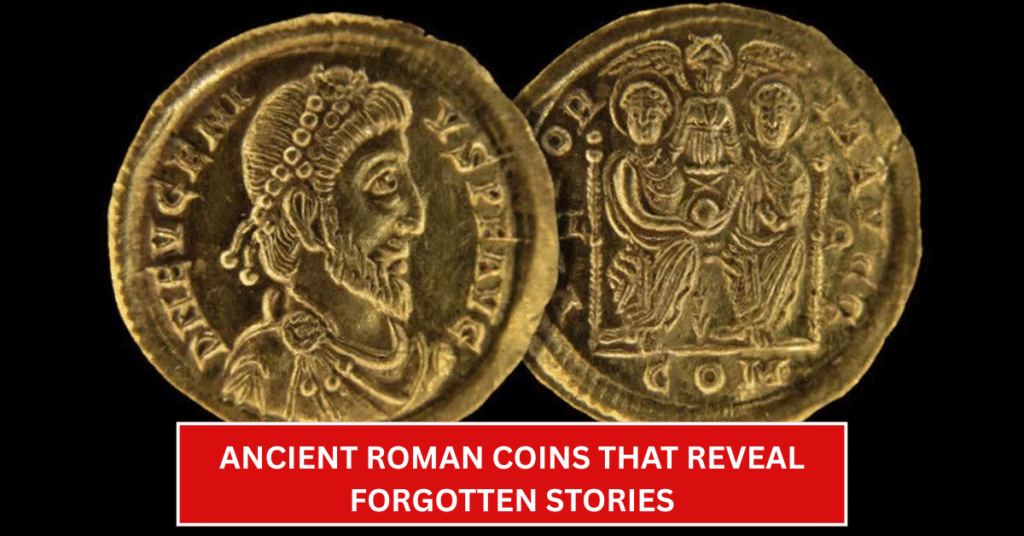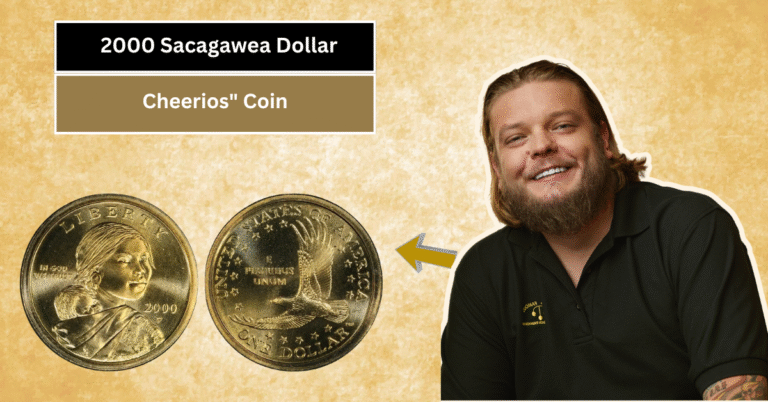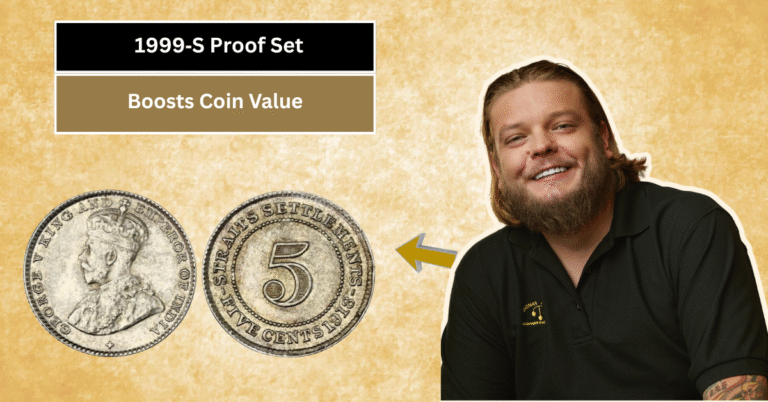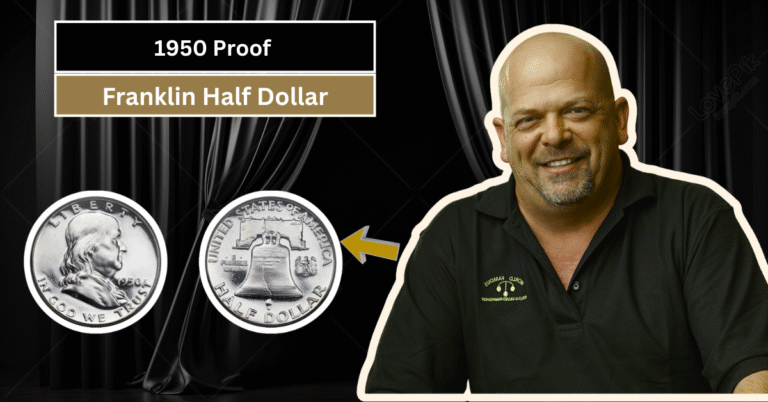
Ancient Roman coins are more than just old money. Each coin tells a story about the leaders, culture, and events of their time. From the shining denarii to the rare aurei, these coins hold symbols and images that reveal secrets from history. For those curious about the Roman Empire, these coins offer a glimpse into a world that was powerful and fascinating.
In this article, we explore eight remarkable Roman coins connected to famous emperors like Julius Caesar and Nero. You will learn what makes these coins special and what stories their designs tell. Whether you are a history lover or just want to know more about ancient Rome, these coins carry exciting tales waiting to be discovered.
1. Julius Caesar Denarius: The First Living Leader on a Coin
This Article Includes
- 1 1. Julius Caesar Denarius: The First Living Leader on a Coin
- 2 2. Nero’s Aureus: A Coin of Art and Mystery
- 3 3. Augustus Denarius: The Founding Father of the Roman Empire
- 4 4. Trajan’s Denarius: Celebrating Military Success
- 5 5. Hadrian Aureus: The Architect’s Coin
- 6 6. Marcus Aurelius Denarius: The Philosopher Emperor’s Coin
- 7 7. Caracalla Coin: Symbol of a Brutal Yet Strong Ruler
- 8 8. Constantine the Great Denarius: The Coin of New Beginnings
- 9 Conclusion: Why These Roman Coins Still Matter
One of the most famous Roman coins is the denarius of Julius Caesar. It was the first time a living person appeared on a Roman coin, breaking tradition. Caesar’s profile is shown clearly, marking his power and importance. This coin symbolized his control over Rome before he became dictator for life.
The reverse side often shows symbols like Venus, the goddess Caesar claimed as his ancestor. It highlights his connection to divine power. This coin is a piece of history that tells us about political change and the rise of Caesar.
2. Nero’s Aureus: A Coin of Art and Mystery
Nero, known for his dramatic rule, issued beautiful aurei (gold coins) with detailed portraits. His aureus features his face surrounded by rays, giving him a god-like look. These coins were more than currency; they spoke of Nero’s desire to be seen as a divine ruler.
The designs can be mysterious, with symbols like laurel wreaths representing victory. This coin reveals not only Nero’s power but also his love for art and self-promotion. Collectors still admire this coin for its elegance and story.
3. Augustus Denarius: The Founding Father of the Roman Empire
Augustus, Rome’s first emperor, used coins to spread his message of peace and stability after years of war. His denarius often shows his head on one side and symbols of peace, like a peaceful moon or corn ears, on the other.
These coins helped Augustus promote his image as the savior of Rome. They remind us how important money was for communication during ancient times, much like social media today.
4. Trajan’s Denarius: Celebrating Military Success
Emperor Trajan is remembered for expanding Rome to its greatest size. His denarius coins often show him in military dress or celebrating victories. One famous design shows Trajan sacrificing to the gods, symbolizing his respect for religion and traditions.
This coin is a celebration of Rome’s power and Trajan’s role as a strong leader. It also teaches us about the values ancient Romans admired, such as bravery and piety.
5. Hadrian Aureus: The Architect’s Coin
Hadrian loved building and architecture. His aureus sometimes features temples or buildings on the reverse side, celebrating his many construction projects across the empire.
The coin portraits Hadrian with a calm, thoughtful expression, unlike the more aggressive images of other emperors. This reflects his personality and the era of peace he helped maintain.
6. Marcus Aurelius Denarius: The Philosopher Emperor’s Coin
Marcus Aurelius was known as a philosopher king. His denarius often shows a serious, wise face, reflecting his deep thinking and leadership style. The reverse can include images of virtues like justice or courage.
This coin gives us insight into a ruler who cared about wisdom and duty. It connects history lovers to the mind of one of Rome’s greatest emperors.
7. Caracalla Coin: Symbol of a Brutal Yet Strong Ruler
Caracalla’s coins show his tough image. Often portrayed with a stern and fierce face, these coins were meant to warn enemies and remind Romans of his strength. Some coins feature military symbols or gods of war.
This coin tells the story of a powerful but brutal leader who ruled during a difficult time. It helps us understand Rome’s struggles and the importance of strong leadership.
8. Constantine the Great Denarius: The Coin of New Beginnings
Constantine is famous for embracing Christianity. His coins sometimes show Christian symbols like the Chi-Rho, marking a big change in Rome’s religion and culture. The denarius played a role in spreading this new era.
This coin represents transformation and hope. It reminds us how money was used to influence beliefs and unite an empire in changing times.
Conclusion: Why These Roman Coins Still Matter
Ancient Roman coins are more than just old objects. They are storytellers that connect us to a past filled with drama, power, and change. Each coin’s design holds messages about the leaders’ personalities and the empire’s values. For young readers and history fans in India, these coins offer an exciting way to learn about the ancient world.
Exploring these coins helps us appreciate how art, politics, and culture were linked in ancient Rome. Next time you hear about Julius Caesar or Nero, remember their faces on these coins and the powerful stories they carry through time.






